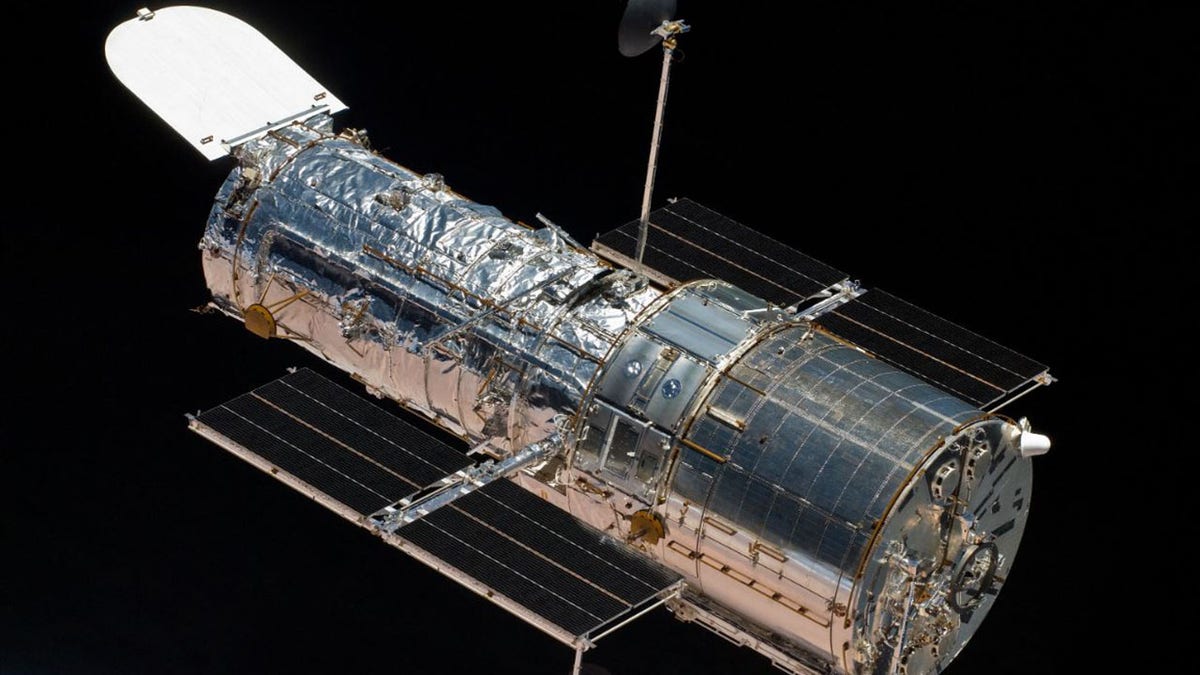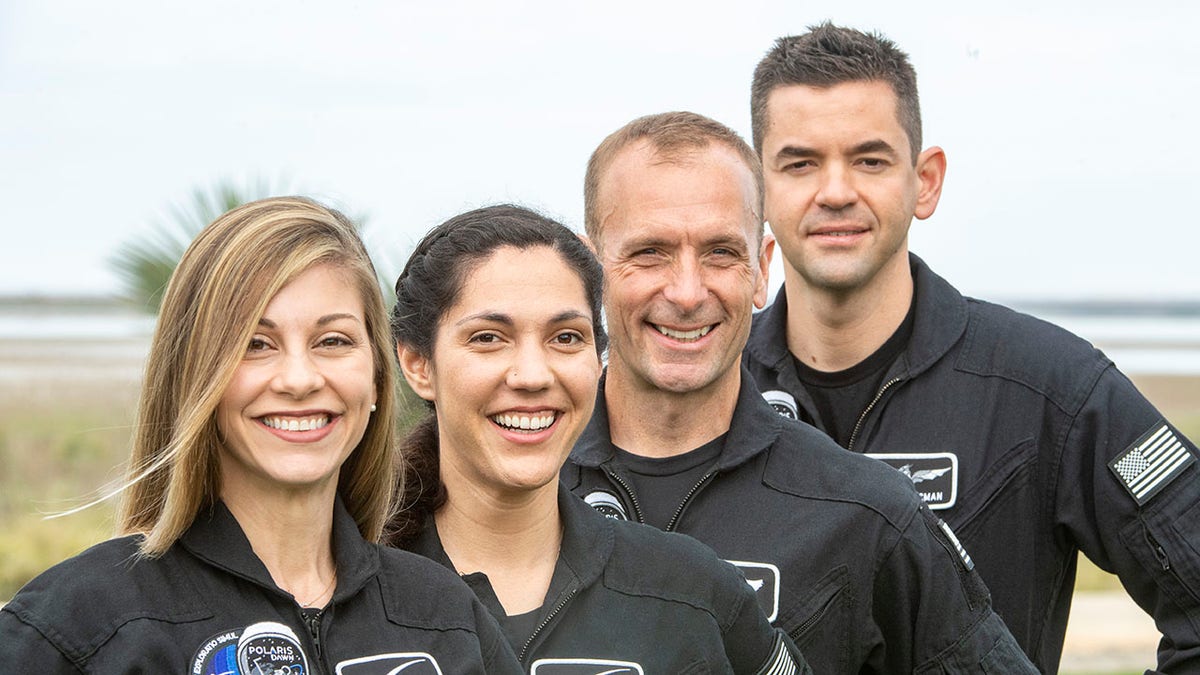Fox News Flash top headlines for September 29
Fox News Flash top headlines are here. Check out what's clicking on Foxnews.com.
NASA and SpaceX last week agreed to an unfunded study to investigate the feasibility of boosting the Hubble Space Telescope, which is at risk of falling out of orbit in the next decade, into a higher orbit.
SpaceX approached NASA earlier this year about potentially using one of its Dragon spacecrafts to move the telescope to a higher altitude, Thomas Zurbuchen, NASA’s associate administrator for science, said in a press conference Thursday.
Hubble was placed into orbit in 1990 and was last serviced and repaired by astronauts in 2009 at an altitude of 350 miles. In the last 13 years it has fallen by about 20 miles, according to The New York Times.
Despite signing the Space Act Agreement with SpaceX for the six-month project on Sept. 22, Zurbuchen added, "I want to be absolutely clear, We’re not making an announcement today that we definitely will go forward with a plan like this."
NASA HUBBLE TELESCOPE HITS NEW MILESTONE IN MYSTERY OF UNIVERSE'S EXPANSION RATE

An astronaut aboard the space shuttle Atlantis captured this image of the Hubble Space Telescope on May 19, 2009. (NASA)
Any endeavor to reposition the telescope would be privately funded at no cost to the government, NASA said, adding that the study wasn't exclusive and it would welcome proposals from other space companies.
Moving the telescope to a higher orbit could give Hubble more years of operability, NASA said.

BOCA CHICA, TX - FEBRUARY 11: The Crew of the next SpaceX private astronaut flight called Polaris Dawn, (Left to Right) Anna Menon, who works to develop astronaut operations for SpaceX, Sarah Gillis, lead space operations engineer, SpaceX, Scott Poteet, who served as the mission director of the Inspiration4 mission SpaceX, and Jared Isaacman, who is financing the mission, Pose at the Starbase Complex in Boca Chica. (Jonathan Newton/The Washington)
"What we want to do is expand the boundaries of current technology," SpaceX’s Jessica Jensen, vice president of Customer Relations & Integration, said. "We want to show how we use commercial partnerships as well as the public-private partnerships to creatively solve challenging and complex problem missions such as servicing Hubble."
She said SpaceX is looking at the capabilities of the Dragon capsule to see how it would need to be "modified in order to safely rendezvous and dock with Hubble."
NASA'S HUBBLE SPACE TELESCOPE SPOTS FARTHEST STAR EVER SEEN

This combination of images made available by NASA shows the Hubble Space Telescope orbiting the Earth (NASA via AP)
Without repositioning, NASA may have to eventually destroy the telescope and guide it as it falls from orbit into the ocean, the Times reported.
Any potential mission would be a collaboration between SpaceX and billionaire Jared Isaacman’s Polaris Program, a planned series of spaceflights with SpaceX, one of which Isaacman has said would include the first civilian spacewalk.
Last year, Isaacman headed Inspiration4, the first all-civilian crewed SpaceX mission.

The M74 galaxy shines at its brightest in this combined optical/mid-infrared image, featuring data from both the NASA/ESA Hubble Space Telescope and the NASA/ESA/CSA James Webb Space Telescope. With Hubble’s venerable Advanced Camera for Surveys (ACS) and Webb’s powerful Mid-InfraRed Instrument (MIRI) capturing a range of wavelengths, this image has remarkable depth. (ESA/Webb, NASA & CSA, J. Lee and the PHANGS-JWST Team; ESA/Hubble & NASA, R. Chandar Acknowledgement: J. Schmidt)
Over the years, the Hubble telescope has taken spectacular images and videos of the cosmos, including the discovery of moons around Pluto.
CLICK HERE TO GET THE FOX NEWS APP
The telescope is named after leading 20th century American astronomer Edwin Hubble (1889-1953), who, among other discoveries, found evidence that other galaxies exist beyond the Milky Way.





















